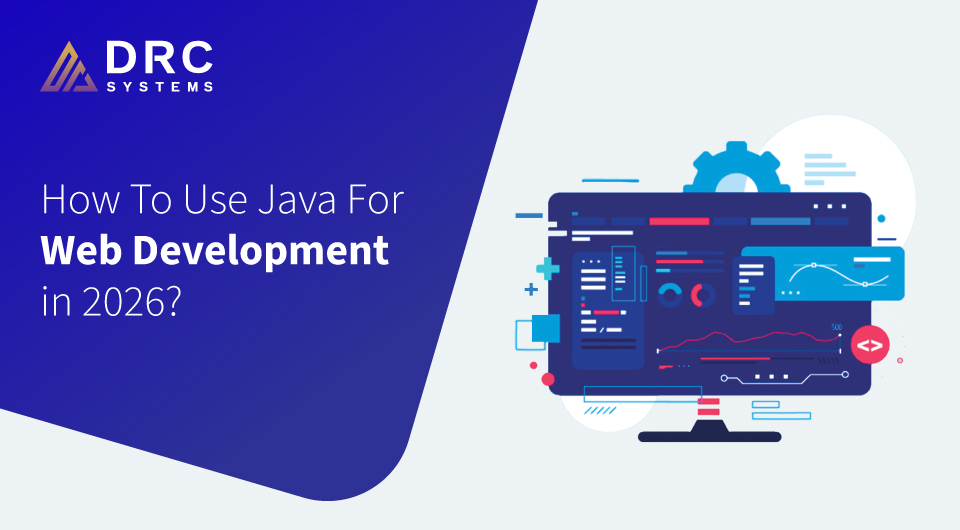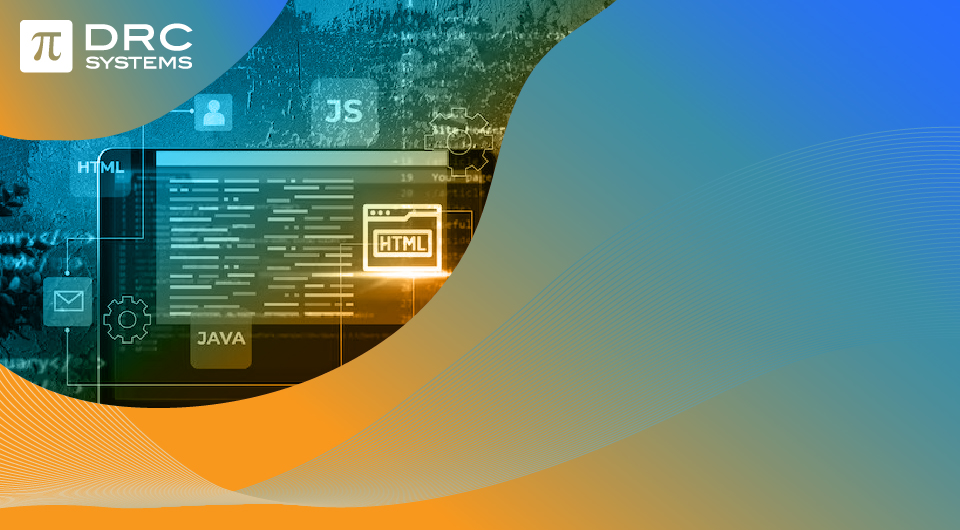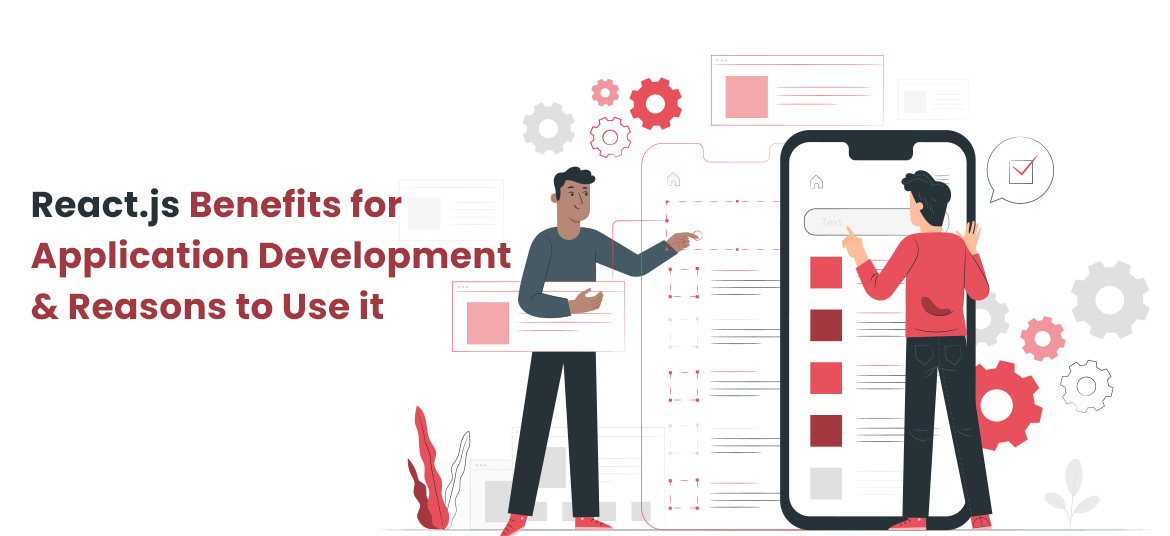Related Articles
How To Use Java For Web Development in 2026?
Built in the mid-1990s, Java in web development has left an indelible mark on the modern digital world for years…
Read The PostPopular Java Frameworks for Web Development in 2025
Discover the leading Java frameworks that enable developers to create robust, scalable, and high-performance web applications.
Read The PostReact.js Benefits for Application Development & Reasons to Use it
ReactJS offers benefits such as a powerful JavaScript library, reusable components, and the use of a virtual DOM. Explore other advantages of ReactJS further.
Read The Post



